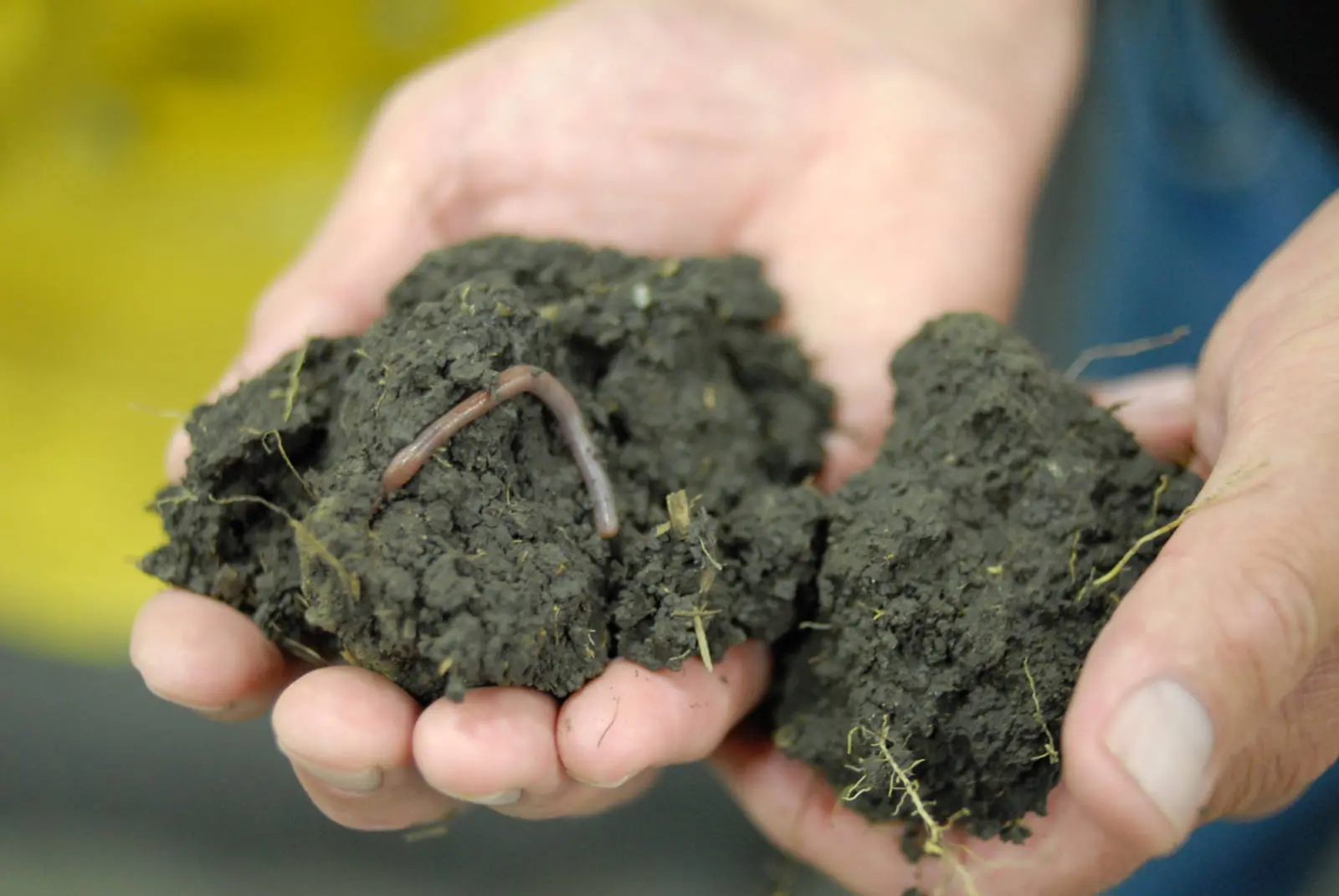There’s a big difference between soil and dirt. Soil is a living environment. It contains microorganisms, decaying organic matter, earthworms and other insects. When healthy, soil increases biodiversity, prevents erosion, improves water quality, reduces flood risk, sequesters carbon and reduces pest and disease outbreaks. Dirt, on the other hand, is basically dead soil. It’s only valuable on a baseball diamond.
Soil is without a doubt the single greatest asset you’ll find on a farm. From an emotional standpoint, healthy soil is a source of pride — the legacy farmers aim to pass on to the next generation.
Indeed, no farmer wants to leave their family an infertile and unproductive farm. From a business perspective, healthy soil is the driver and key differentiator that, quite literally, keeps a farm operating on an annual basis. Without that, there is no conversation about legacy. So keeping soil from devaluing into baseball-field grade dirt is a fulltime job. U.S. soybean farmers take the job seriously because they understand that the profitability and legacy of their farm hangs in the balance.
Knowing demand for sustainable food is on the rise, they also work toward healthy soil with an eye toward meeting customer expectations. Study after study confirm consumers expect brands to produce foods in a more sustainable way. Because we operate in a consumer-driven economy, manufacturers respond with deeper commitments and stronger investments in policies and practices that promote sustainability.
As members of this value chain, soybean farmers are adjusting their production methods to meet consumer expectations related to sustainability, just like any other profitable business does. And while there’s still plenty of room for improvements, we’re pleased to share we’re making measurable progress. Improvements to conservation tillage techniques require little to no preparation of the soil prior to planting. The benefits of leaving the soil be include
- lessening the risk of erosion.
- trapping greenhouse gas emissions deep within the soil.
- minimizing the number of trips tractors take during a typical growing season.
These sustainability practices have reduced soil erosion by 47 percent over the past three decades. Meanwhile, the combination of fewer trips in the tractor and carbon sequestration have resulted in 38 percent drop in emissions during this same period of time, according to industry and the U.S. Department of Agriculture estimates. Those are encouraging data points to be sure, yet there’s so much more that can be done.
Some would say that a farmer’s stewardship of their land would make them the original conservationist. True, but that would only tell half of their respective stories. Today’s farmers give the same level of respect for their customers and their customers’ needs as they give their soil. Healthy land. Healthy customer relationships. That’s how the U.S. soybean industry will grow.
The entire value chain is in different stages of rethinking its policies and production methodologies to ensure it’s able to meet the changing needs of consumers. And today’s consumers clearly expect more on sustainability. Regardless, as long as food is grown on the farm, sustainability starts in the hands of farmers. To that end, the U.S. Soy stands ready to help its partners up and down the value chain innovate to make sure U.S. farms are the strong foundation of a sustainable future.
